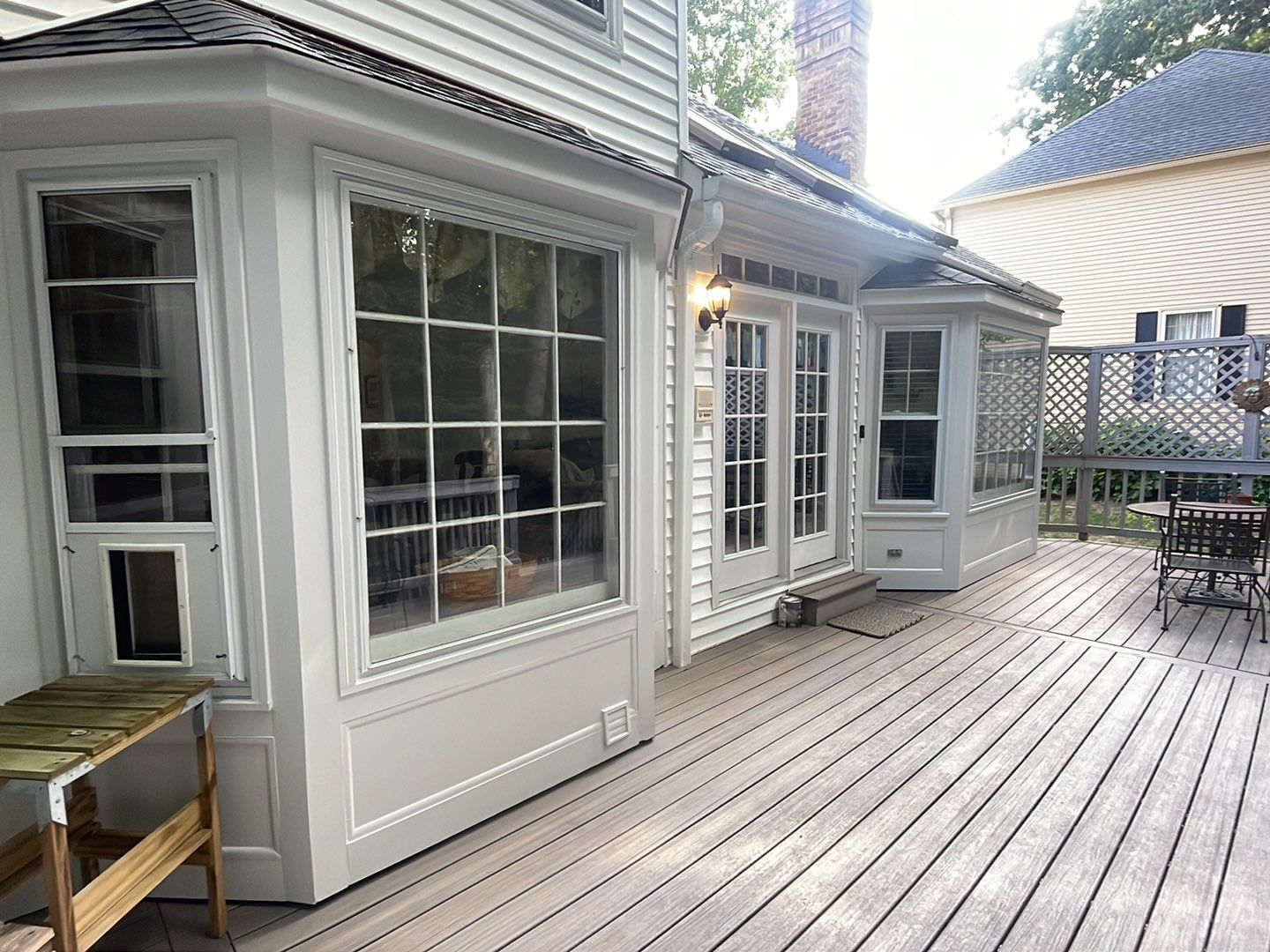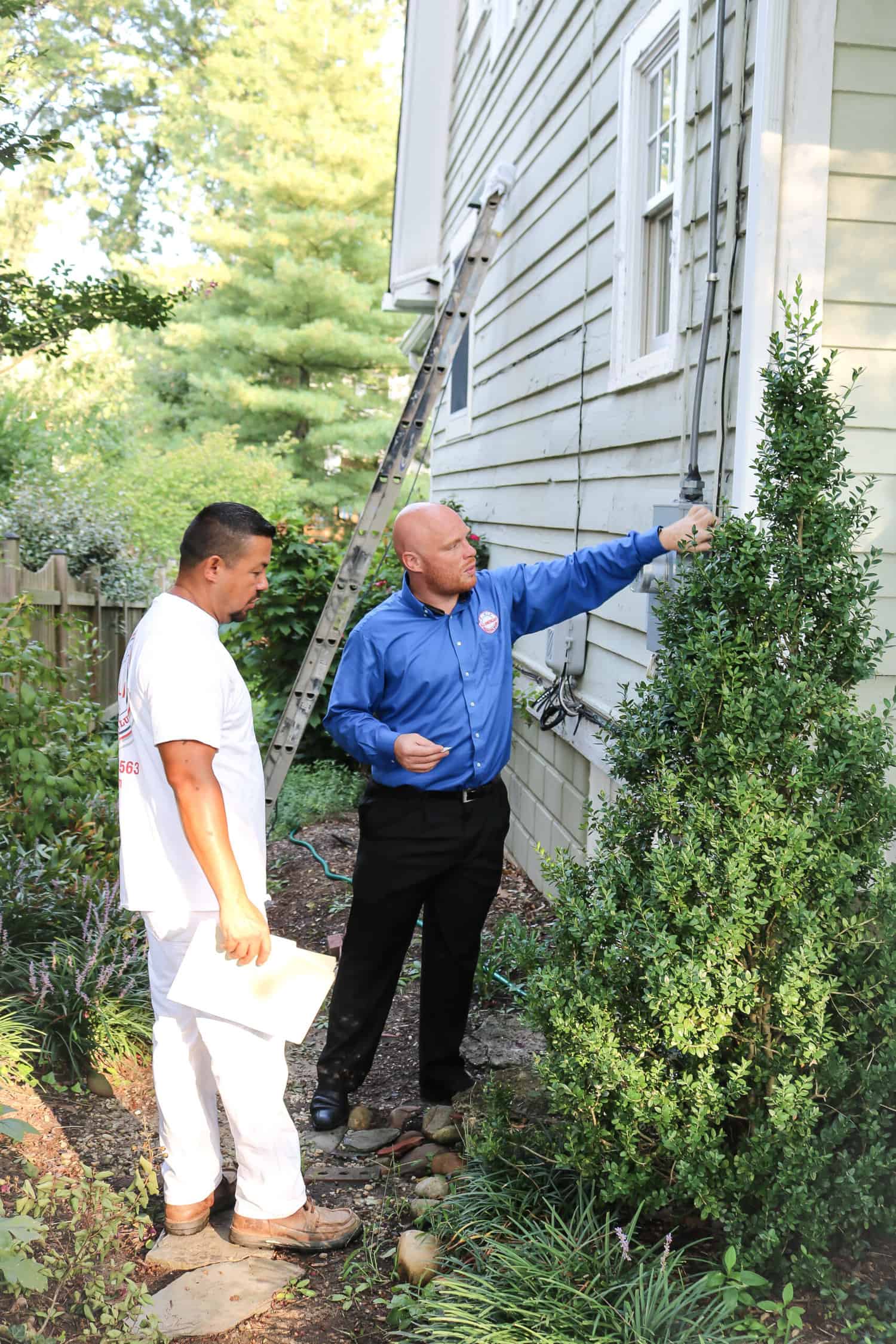Installing finely crafted finish carpentry and moldings can transform a bland interior into something memorable. In addition to their aesthetic value, baseboards, crown molding, rail trim, and other types of finish carpentry also help insulate your home at the edges and protect your interior painting from damage. But if finish carpentry is protecting your walls, floors, and ceilings, what’s protecting it?
Like any other part of your home, your finish carpentry is vulnerable to scratches, smudges, and other types of damage. If you want to maintain the beauty and durability of these features, there are some preventative measures you can take. Let’s go over some of the ways you can prevent scratches and damage on your finish carpentry and moldings.
Staining Finish Carpentry
If you want a classic look for your home, staining your finish carpentry and moldings is a great option, aesthetically speaking. Of course, staining wood does much more for the material than simply enhance its natural beauty. Wood stain soaks into the wood’s pores, blocking it off from moisture and other tiny particles that might get inside and damage the wood from the inside (like fungi and bacteria).
Stain is applied much like paint, meaning your painting contractors can get the job done if you would rather not do it yourself. A proper stain job will also help cover up minor scratches and dings, but they won’t prevent them altogether, of course. If you want to further protect your wood from harm, you must also seal it.
Sealing Finish Carpentry
Sealing your finish carpentry is a crucial step in protecting the wood from various sources of damage, including moisture, sunlight (if outside your home), mold, and more. This protective seal will also provide another layer of protection against physical damage caused by impact or friction.
The terms stain and sealant are sometimes used interchangeably due to the fact that some stains also act as sealants for your wood. Some stains, however, do not include this additional sealing element, so a dedicated sealer should be used after the standalone stain has been applied and fully dried. If you’re applying stain, be sure to check whether it’s a stain/sealer product or merely a stain. Or, just ask your professional painters.
Painting Finish Carpentry
Most homeowners will want to paint their finish carpentry and moldings so they match the rest of the interior’s look. The natural wood style that staining offers might not fit into a room’s existing color scheme or style. Fortunately, paint doesn’t just allow you to color your finish carpentry however you like, it also protects the wood from damage, though perhaps not as effectively as staining and sealing.
Unlike stain, paint does not soak into the wood but covers it superficially, still protecting the wood from minor physical damage and other factors, but leaving the door open for moisture, fungi, and bacteria to enter. Maintaining your residential painting by performing necessary touch-ups, however, will keep your carpentry and moldings well guarded.
And on that note, regular maintenance is required for all of these protective options. Stains and sealants may need reapplication every few years or so.
If your home is lived in, it will inevitably take on some scratches and damage. Staining, sealing, and/or painting your finish carpentry and moldings will mitigate this damage, but you may need to hire a reliable painting service every now and then to keep your interior features looking their best. In the worst-case scenario, you may need your finish carpentry repaired or replaced.
Fortunately, All American Painting Plus is just a call away. In addition to our painting services, we also install finish carpentry and moldings from homes and businesses in Northern Virginia. To learn more about all that we can do for our clients, give us a call at (703)-620-5563!











